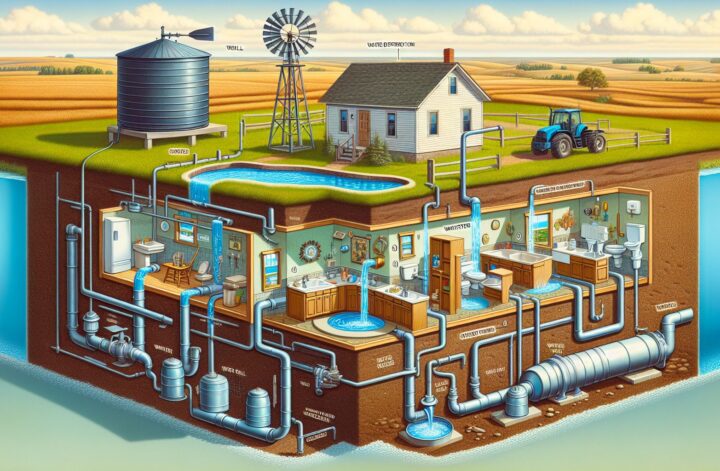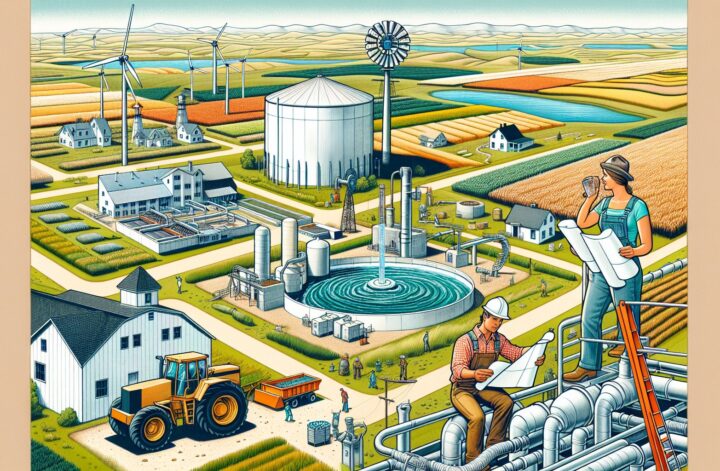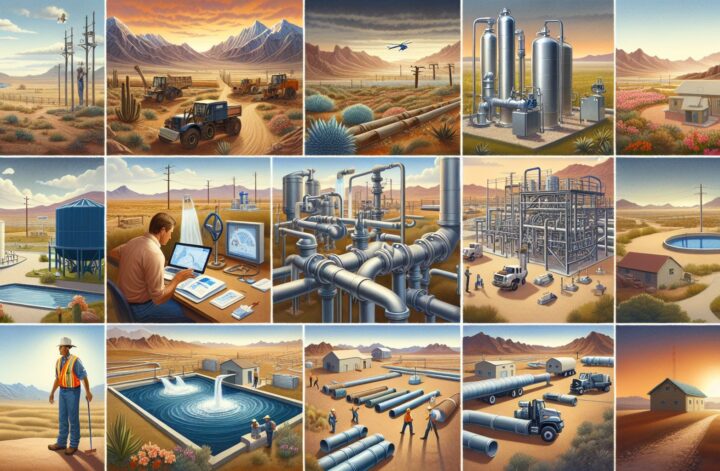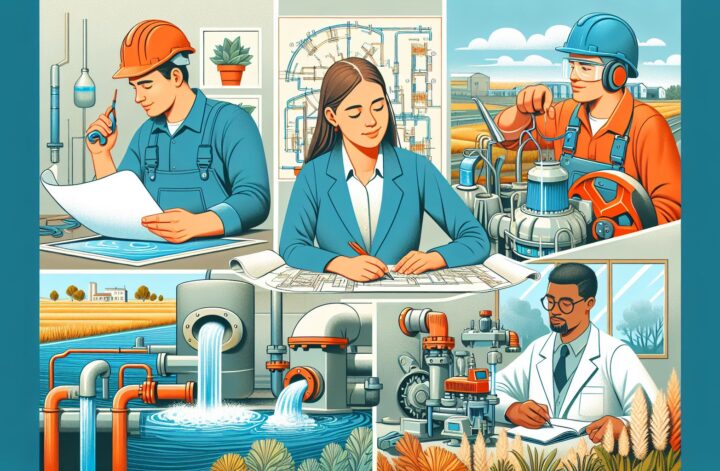North Dakota, the often-overlooked Midwestern state, has an intricate network of rural water and wastewater systems, ensuring clean and potable water reaches even its most remote citizens.
A Brief Overview
The state’s watery veins pump life into its veins, and provide sustenance to both its community members and agricultural sector. North Dakota, rich with rivers and lakes, places a massive emphasis on having efficient and effective water and wastewater systems given its prime importance in crop irrigation and livestock maintenance, as well as for the general population. According to North Dakota Rural Water Systems Association (NDRWSA), the state has over 320 rural and municipal water systems, providing water to over 216,000 North Dakotans living in rural areas or small communities[^1^].
Infrastructure and Challenges
North Dakota’s water and wastewater systems have evolved considerably over the years. But, like many other rural parts of the nation, it faces integral challenges due to older infrastructure, geographic isolation, and more dispersed populations. This makes the maintenance and improvements to these systems both time-consuming and costly.
However, North Dakota, through its Department of Environmental Quality, invests millions of dollars annually to modernize its water infrastructure and ensure safe drinking water standards are met[^2^]. These investments have led to significant advancements in water treatment and distribution, wastewater management, and stormwater handling. This has improved the quality of life in rural communities and reduced environmental harm.
With the recent approval of the America’s Water Infrastructure Act of 2020, additional funding is expected for North Dakota to expand and modify the existing systems in the coming years[^3^].
Growing Need For Sustainable Solutions
Despite the challenges, there is a growing push towards the development and implementation of efficient, sustainable solutions. North Dakota is exploring new technologies and strategies to upgrade their water and wastewater systems. This includes better leak detection, advanced water treatment processes, and improved wastewater recycling and reuse schemes.
The state is venturing towards a future where water is not just consumed, but conserved, recycled, and reused. Thus, ensuring that even as the population grows and climate change impacts intensify, North Dakota’s water supply remains secure and resilient.
Water is essential for life, and the health of a community’s water and wastewater systems can affect the overall well-being of its residents. Despite the challenges, North Dakota continues to chart a path towards a system that provides reliable, quality water, with an eye towards the future and a commitment to sustainable, efficient practices.
[^1^]: North Dakota Rural Water Systems Association
[^2^]: North Dakota Department of Environmental Quality
[^3^]: Congress.gov, S.3591 – America’s Water Infrastructure Act of 2020




